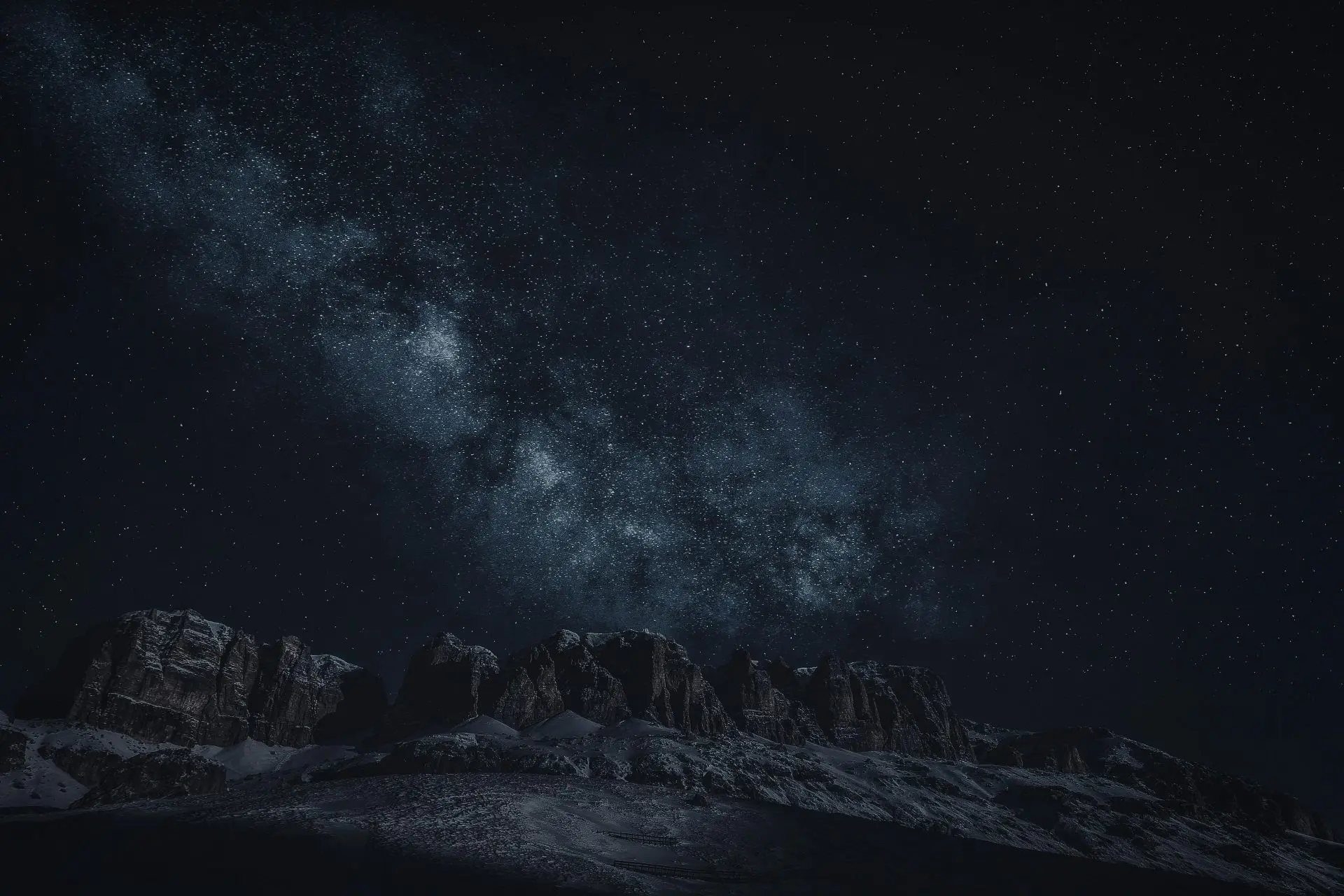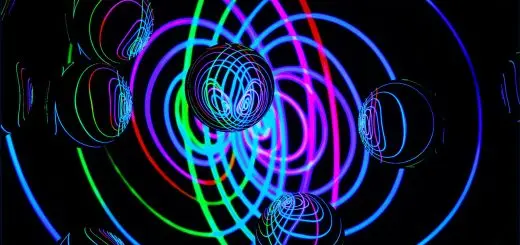The Maori War Dance: Haka and Warrior Traditions

Looking for more amazing products? Check out our online store and explore our collection here! Happy shopping!
Before diving in, please note: This post is for informational purposes only. If you’d like to know more about how we approach topics, feel free to check out our friendly Disclaimer Page.
Hey there, amazing readers! 
We’re committed to delivering quality posts, and your support (even just sticking around despite the ads) means everything to us. So, bear with us, and thanks for helping us keep the good vibes rolling. Now, on to the fun stuff!
TRANSLATE BUTTON AT THE END OF THE ARTICLE
The Maori War Dance: Haka and Warrior Traditions
Overview
The Maori war dance, known as the Haka, is an integral part of Maori culture and has gained international recognition.
This powerful and captivating performance combines rhythmic movements, intense chanting, and facial expressions to convey strength, unity, and ancestral pride.
The Haka has deep historical roots and holds great cultural significance among the Maori people of New Zealand.
In this article, we will delve into the origins of the Haka, its role in Maori culture, the different types of Haka, and its impact on New Zealand’s national identity.
Origins of the Haka: An Ancient Maori Tradition
The Haka has origins that can be traced back to the early Maori tribes of New Zealand.
Its roots lie in the ancient practices of the Polynesian people who settled in the islands around a thousand years ago.
The dance itself was developed as a form of expression, both to affirm the tribe’s identity and to intimidate their enemies.
The Haka incorporates a combination of powerful movements, including stomping, chest-thumping, and exaggerated facial expressions, all aimed at showcasing the tribe’s warrior spirit.
Understanding the Significance of the Haka
The Haka holds immense cultural significance for the Maori people.
It serves as a way to honor their ancestors, connect with their spiritual roots, and maintain the traditions of their forefathers.
The Haka embodies the warrior spirit, symbolizing courage, strength, and unity among the tribe.
It is often performed on significant occasions such as weddings, funerals, and tribal ceremonies, as well as during sporting events and cultural festivals.
The Haka is a powerful means of expressing pride and identity, reinforcing the Maori people’s bond with their heritage.
The Role of the Haka in Maori Culture
The Haka plays a multifaceted role in Maori culture.
It serves as a form of storytelling, conveying historical events, legends, and ancestral stories.
Through the rhythmic movements, chants, and gestures, the Maori people pass down their traditions from one generation to the next.
The Haka also functions as a means of unifying the tribe, fostering a sense of belonging and shared identity.
It has historically been performed before battle, inspiring warriors and intimidating opponents.
In contemporary society, the Haka has become a symbol of Maori culture, often performed to welcome and entertain visitors.
Traditional Movements and Gestures in the Haka
The Haka is characterized by a series of movements and gestures that hold deep symbolic meaning.
The performers stomp their feet, slap their thighs, and beat their chests to represent the pounding of their heart and the earth beneath them.
They use vigorous hand movements to symbolize weapons and gestures to showcase bravery and defiance.
The protruding of the tongue, known as "whetero," is believed to intimidate enemies and ward off evil spirits.
The facial expressions, known as "pukana," are used to convey a range of emotions, from aggression to determination.
The Haka as a Symbol of Strength and Unity
One of the key aspects of the Haka is its ability to invoke a sense of strength and unity among the performers and the audience.
The synchronized movements and collective chanting create a powerful energy that is shared by all participants.
The Haka allows the Maori people to come together, reinforcing their bonds and fostering a sense of belonging.
It serves as a reminder of the collective strength and resilience of the tribe, instilling a sense of pride and determination.
Ritualistic Elements in the Maori War Dance
The Haka contains various ritualistic elements that contribute to its significance.
Before performing the Haka, the participants often engage in a traditional ritual known as "whakawatea." This ritual involves the removal of tapu, a sacred and spiritual restriction that must be lifted before engaging in a performance.
The ritual includes chants, prayers, and the sprinkling of water to cleanse and purify the participants.
This process ensures that the performers are spiritually prepared and connected to their ancestors, creating a sacred space for the Haka.
Exploring the Different Types of Haka
There are several different types of Haka, each serving a specific purpose or occasion.
The most well-known type is the "Ka Mate," composed by Te Rauparaha, a Maori chief.
It is often performed to welcome visitors and is famously associated with the New Zealand All Blacks rugby team.
Another type is the "Haka Powhiri," performed as a traditional welcome ceremony for honored guests.
The "Haka Taparahi" is a war dance performed by women, showcasing their strength and courage.
Each type of Haka has its own distinct movements, chants, and cultural significance.
Haka – Performance or Battle Preparation?
While the Haka is often associated with battle preparation, it has evolved over time to encompass a broader range of contexts.
Historically, the Haka was performed by warriors before going into battle, serving as a way to psych themselves up and intimidate their foes.
However, in modern times, the Haka is also performed as a form of entertainment, cultural expression, and celebration.
It has become a symbol of Maori identity and is performed at various events, including sporting matches, cultural festivals, and formal ceremonies.
Evolution of the Haka: From Traditional to Contemporary
Throughout history, the Haka has undergone some changes as it adapts to the evolving Maori culture.
While the core elements and movements remain the same, contemporary Haka performances often incorporate modern influences.
The Haka has transcended its traditional role as a battle dance and has become a powerful symbol of Maori identity in the modern world.
It has gained international recognition, capturing the imagination of people around the globe and serving as a testament to the resilience and cultural richness of the Maori people.
The Haka’s Influence on New Zealand’s National Identity
The Haka has played a significant role in shaping New Zealand’s national identity.
It has become synonymous with the country’s sporting achievements, particularly the national rugby team, the All Blacks.
The Haka performed by the All Blacks before matches has become an iconic symbol of New Zealand and is recognized worldwide.
The Haka represents the country’s unique cultural heritage and serves as a source of national pride.
It has also fostered a greater understanding and appreciation of Maori culture, helping to bridge the gap between different cultural groups within New Zealand.
Appreciating the Cultural Importance of the Haka
The Haka, with its rich history and powerful cultural significance, is a testament to the enduring spirit of the Maori people.
It serves as a powerful tool for preserving and passing down their traditions, ensuring that their heritage remains alive for future generations.
The Haka’s ability to unite, inspire, and captivate audiences demonstrates its universal appeal, transcending cultural boundaries.
By appreciating and respecting the Haka, we not only honor the Maori people and their traditions but also gain a deeper understanding of the diverse cultures that shape our world.
Conclusion
The Maori war dance, the Haka, stands as a testament to the strength, unity, and cultural heritage of the Maori people.
With its ancient origins, ritualistic elements, and powerful movements, the Haka has become a symbol of Maori identity and a source of pride for New Zealand.
From its historical roots as a pre-battle preparation to its contemporary role as a means of cultural expression, the Haka continues to captivate and inspire audiences around the world.
By understanding and appreciating the significance of the Haka, we gain insight into the rich tapestry of Maori culture and its enduring impact on New Zealand’s national identity.

The Enlightenment Journey is a remarkable collection of writings authored by a distinguished group of experts in the fields of spirituality, new age, and esoteric knowledge.
This anthology features a diverse assembly of well-experienced authors who bring their profound insights and credible perspectives to the forefront.
Each contributor possesses a wealth of knowledge and wisdom, making them authorities in their respective domains.
Together, they offer readers a transformative journey into the realms of spiritual growth, self-discovery, and esoteric enlightenment.
The Enlightenment Journey is a testament to the collective expertise of these luminaries, providing readers with a rich tapestry of ideas and information to illuminate their spiritual path.
Our Diverse Expertise
While our primary focus is on spirituality and esotericism, we are equally passionate about exploring a wide range of other topics and niches 

To ensure we provide the most accurate and valuable insights, we collaborate with trusted experts in their respective domains 
Our blog originally focused on spirituality and metaphysics, but we’ve since expanded to cover a wide range of niches. Don’t worry—we continue to publish a lot of articles on spirituality! Frequently visit our blog to explore our diverse content and stay tuned for more insightful reads.
Hey there, amazing reader! 
Check out our store here and take a peek at some of our featured products below! Thanks for being awesome!












